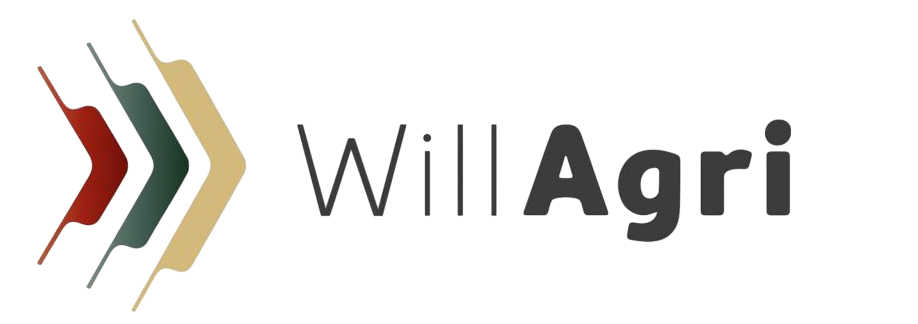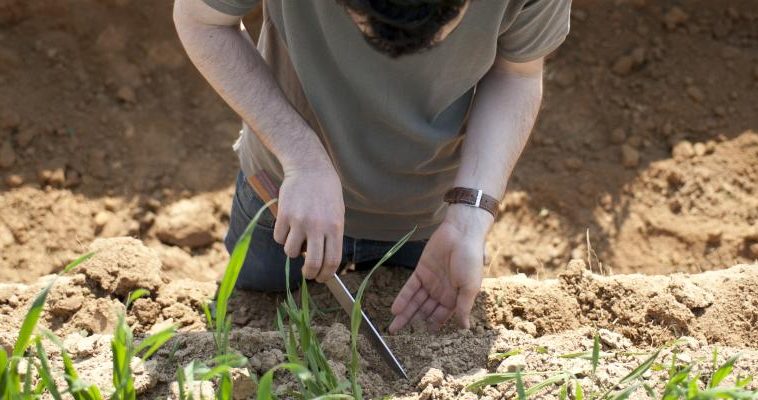The poorest countries in Africa have great difficulty finding financing for their agriculture. They are faced with a painful dilemma: repaying very expensive loans or dealing with the most urgent needs, feeding their population. This was one of the themes of the 2025 African Food Systems Forum. Which was held in Dakar from August 31 to September 5.
The problem is not a shortage of financing but of repayment methods that prevent these countries from falling into the abyss of over-indebtedness. The IFAD (International Fund for Agricultural Development), a United Nations agency, has set itself the task of helping these countries fall into this trap. IFAD invests in rural people and empowers them to improve their food security, incomes and resilience.
Rural development finance agencies are often faced with a difficult choice: to provide grants or concessional loans, i.e. more favourable terms, in fact at below-market rates.
“These are difficult discussions,” IFAD President Alvaro Lario told Bloomberg News at the 2025 Africa Food Systems Forum in the Senegalese capital. “Should we give a $100 million grant or a $300 million concessional loan?”
Finding innovative financing
According to the United Nations, Africa has 32 of the world’s 44 least developed countries, many of which are heavily indebted. Many have a debt ratio of more than 100% of their GDP: Sudan (debt ratio of 250%), Eritrea, Senegal, Cap-Vet… In absolute terms, the most indebted are Egypt, Nigeria, South Africa, Ghana and Kenya. Their fiscal space is limited, as between 10% and 25% of their budgets can be absorbed by interest. There is an urgent need to find mechanisms for these countries to provide debt relief and repayment.
Often described, somewhat hastily, as a potential breadbasket to feed the world, Africa is facing the needs of its growing population as hunger rises and progress lags behind development goals. One of the main obstacles to its food sovereignty is precisely the difficulty of accessing financing and markets. African smallholder farmers have limited access to credit, which prevents them from investing in better seeds, machinery or innovative technologies.
To reverse this trend, nations and creditors will need to rethink how they mobilize private sector investment, expand access to finance, and make agricultural development a central part of national economic strategies. But the era of abundant funding is over. It is time to look for innovative means of financing.
Public and private finance would be more easily channelled towards investment in agriculture if countries’ governance were improved and appropriate tax incentives were found.
The Import Burden
Africa needs to increase its local food production by at least 45% and halve post-harvest losses by 2035 if it is to feed its population and curb soaring import costs, according to the Kampala Declaration launched in May alongside the Comprehensive Africa Agriculture Development Programme Strategy and Action Plan 2026-2035.
While agriculture accounts for about a quarter of Africa’s gross domestic product, the continent faces a huge food import bill: $75 billion a year for cereal purchases alone, according to the African Development Bank.
However, Africa is not lacking in assets. It has the world’s largest reserve of unexploited arable land, about 60%. The continent has significant freshwater reserves with several major river basins (Congo, Nile, Niger) and vast underground aquifers. Its population is young and dynamic. Finally, it is home to a wide variety of crops, from cereals (maize, rice, millet) to cash crops (cocoa, coffee, cotton) and fruit and vegetables. The continent has the necessary assets to achieve food sovereignty if it were not handicapped by inadequate infrastructure, low productivity of its land, climate change, governance problems and access to finance and markets.
The continent is at a “critical juncture” due to the reduction in international aid, US tariffs and the impact of the war in Ukraine on food prices. It is therefore time for him to build sustainable and resilient agriculture. A prerequisite is mandatory: ease and encouragement of access to property. This would provide African farmers with an asset that would facilitate lending from private banks and microfinance.
In order to help farmers access finance, Mr. Faye’s administration wants to increase land ownership. This will allow farmers to use their assets as collateral when they seek funds from private banks and microfinance institutions.



